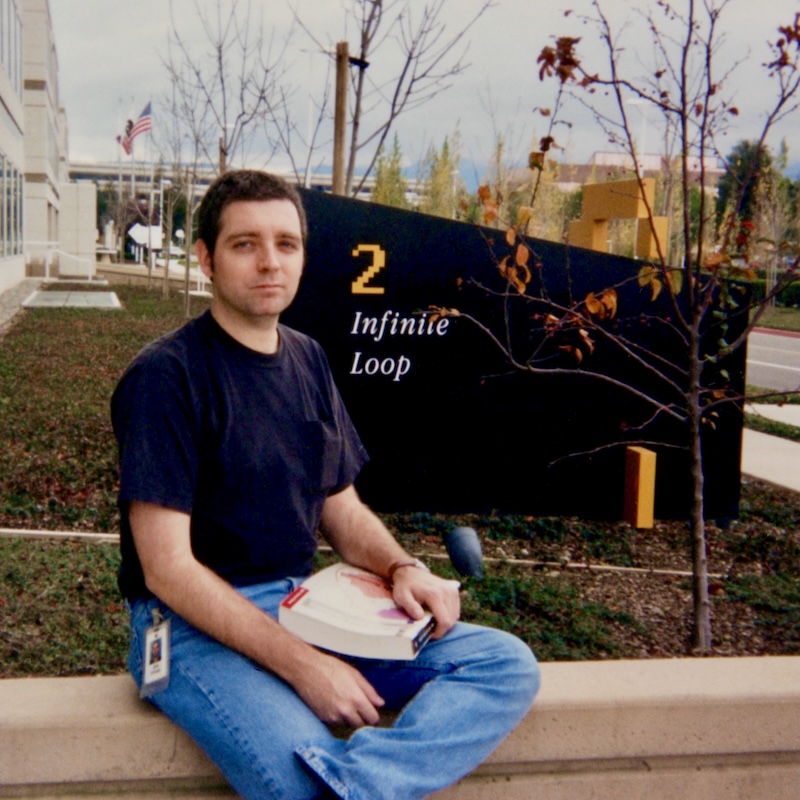Coincidentally, I was considering adding a service designer to my headcount plan when this article came across my feeds. Perfect timing. It’s hard to imagine that service design as a discipline is so young—only since 2012 according to the author.
Joe Foley, writing in Creative Bloq:
As a discipline, service design is still relatively new. A course at the Royal College of Art in London (RCA) only began in 2012 and many people haven’t even heard of the term. But that’s starting to change.
He interviews designer Clive Grinyer, whose new book on service design has just come out. He was co-founder of the design consultancy Tangerine, Director of Design and Innovation for the UK Design Council, and Head of Service Design at the Royal College of Art.
Griner:
Great service design is often invisible as it solves problems and removes barriers, which isn’t necessarily noticed as much as a shiny new product. The example of GDS (Government Digital Service) redesigning every government department from a service design perspective and removing many frustrating and laborious aspects of public life from taxing a car to getting a passport, is one of the best.
The key difference between service design and UX is that it’s end product is not something on a screen:
But service design is not just the experience we have through the glass of a screen or a device: it’s designed from the starting point of the broader objective and may include many other channels and touchpoints. I think it was Colin Burns who said a product is just a portal to a service.
In other words, if you open the aperture of what user experience means, and take on the challenge of designing real-world processes, flows, and interaction—that is service design.

Service design isn't just a hot buzzword, it affects everything in your life
Brands need to catch up fast.























